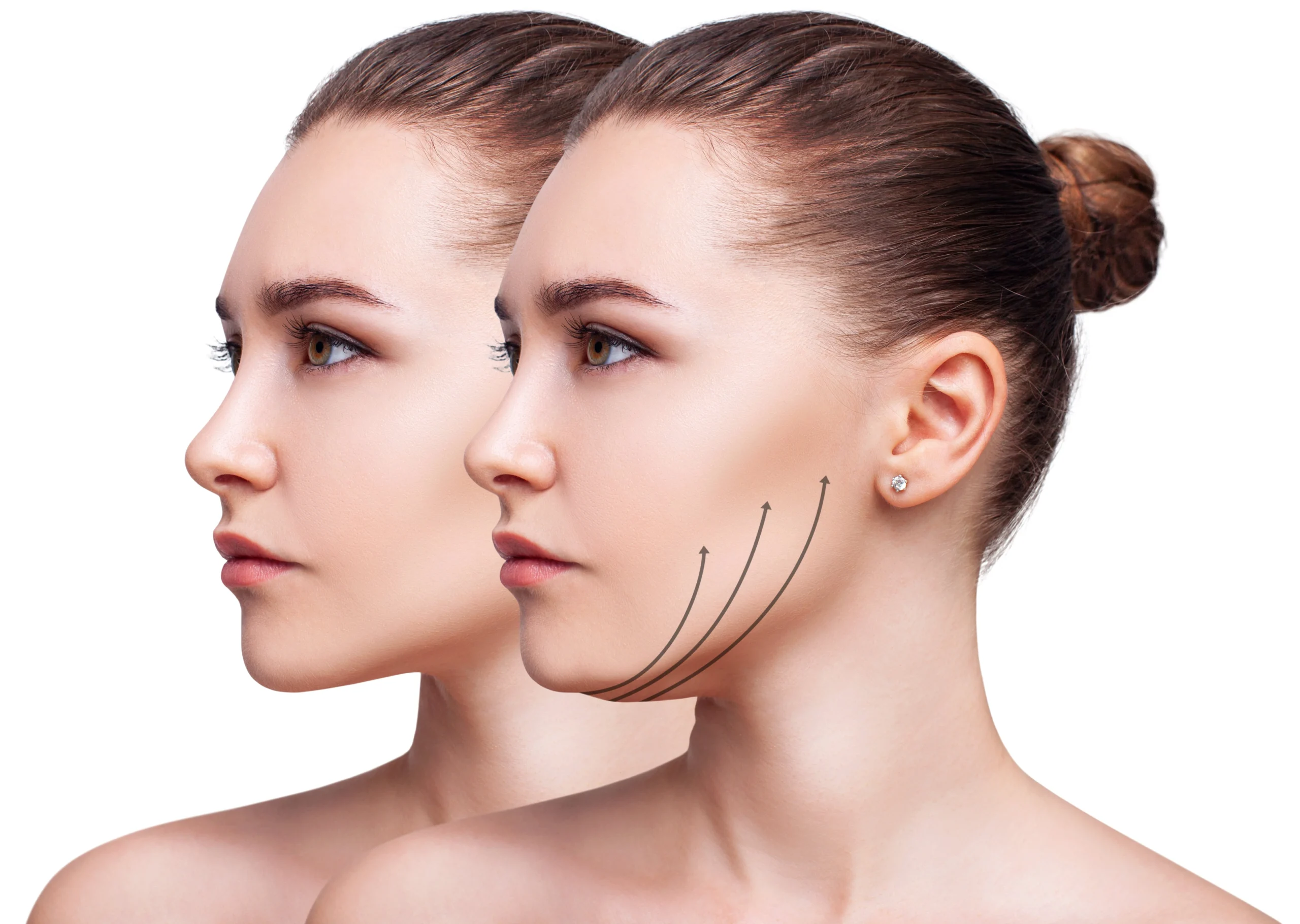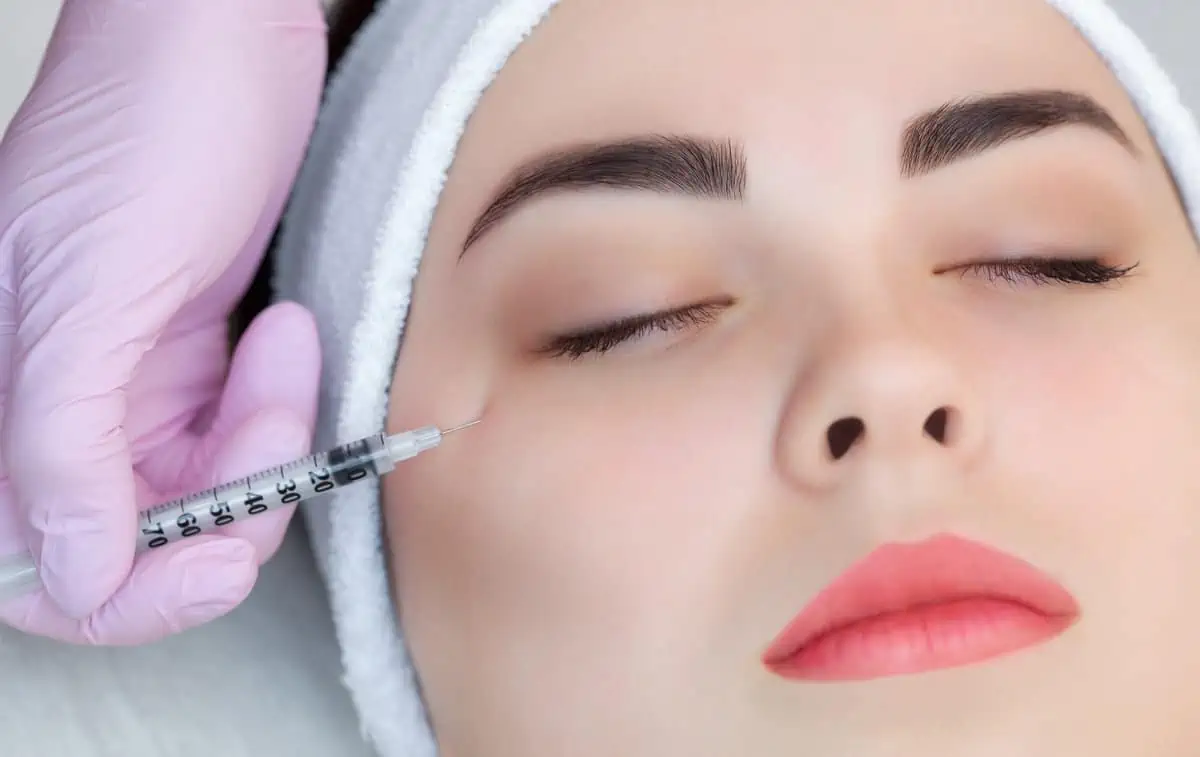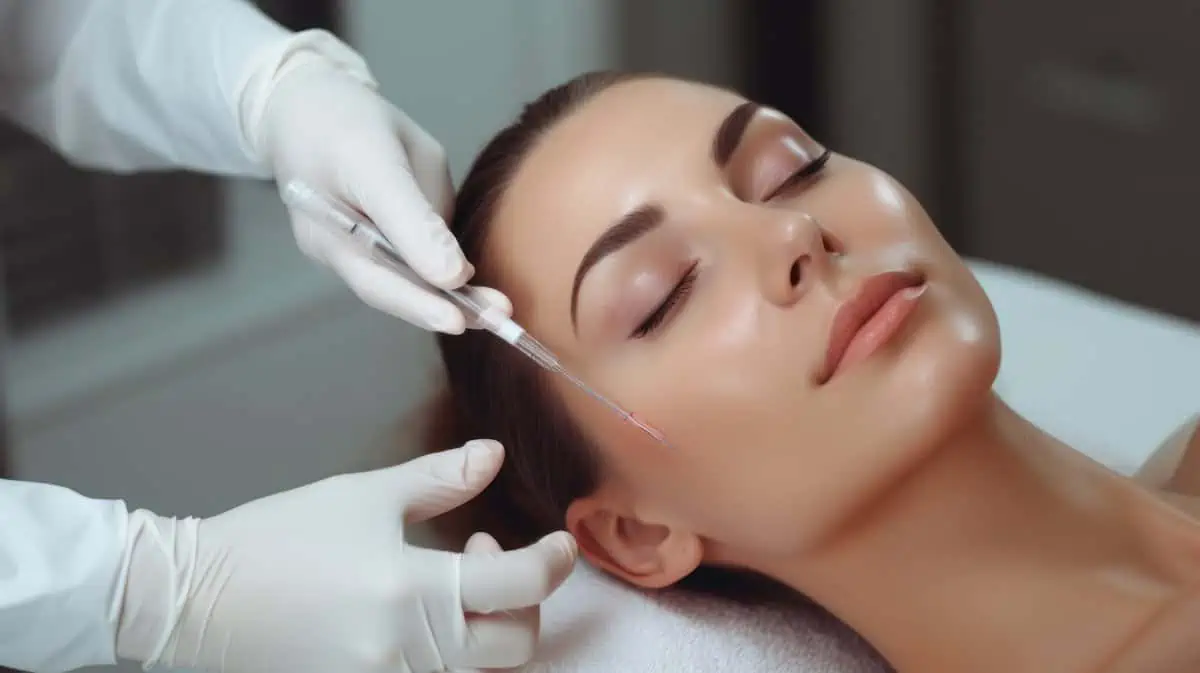Tattoos serve as profound markers of personal experiences and beliefs, imprinted forever on our skin’s surface. However, as time passes and perceptions change, some might yearn to erase these once-cherished symbols. Tattoo removal offers a path to transformation, granting a fresh slate and renewed skin clarity.
The Evolution of Tattoo Regret
In body art, tattoos have long stood as symbols of permanence, a lasting testament to a moment, memory, or belief. Yet, as the sands of time shift, so too can our sentiments towards these inked declarations. The journey from tattoo excitement to removal is personal and intriguing, highlighting the evolution of tattoo regret.
However, with increased prevalence came increased instances of tattoo regret. Several factors contribute to this sentiment:
- Impulsive Decisions: The spontaneity that sometimes accompanies tattoo choices, especially during youth or under the influence, can later lead to regret when the initial excitement wanes.
- Life Changes: As individuals grow, mature, or shift in their beliefs and life situations, a tattoo that once held meaning may no longer resonate.
- Aesthetic Factors: Tattoos can change over time. Fading, blurring, or changes in body shape can affect the tattoo’s appearance, leading to dissatisfaction.
- Professional Considerations: Certain professions or cultural environments may view visible tattoos less favorably, pushing individuals to reconsider their inked decisions.
Today, with advancements in tattoo removal technology, there’s been a growing cultural acceptance of the decision to remove tattoos. This shift is not just about erasing past decisions but about embracing personal evolution, acknowledging change, and allowing oneself the flexibility to adapt.
Understanding Tattoo Removal
Tattoos have been revered for their permanence, serving as lasting reminders of sentiments, memories, or milestones. However, as life evolves, so do individual feelings and preferences, leading some to contemplate the reversal of what was once considered permanent. Tattoo removal emerges as the solution to this dilemma, a process that, while intricate, offers a chance to cleanse the skin of past inked decisions.
Different Types of Lasers (Light Amplification by Stimulated Emission of Radiation)
Lasers are revolutionizing a wide number of industries, including communication and health, due to their capacity to generate strong beams of light with a certain color or wavelength. Different types of lasers have been developed in dermatology and cosmetic procedures to address specific concerns. Here are the various types of lasers and their uses:
Ablative Lasers:
These lasers basically cause a controlled burn by removing the top layer of skin, which then triggers the skin to recover and regenerate.
- Carbon Dioxide (CO2) Lasers: Historically used for skin resurfacing, these lasers can treat scars, warts, and deeper wrinkles.
- Erbium Yttrium-Aluminum-Garnet (Er:YAG) Lasers: Used for finer wrinkles and sun damage, they have a shorter recovery time compared to CO2 lasers.
Non-Ablative Lasers:
Instead of burning off skin, these lasers work underneath the skin’s surface, making them less invasive with minimal recovery time.
- Nd:YAG Laser: Used to treat deeper skin layers, it’s suitable for vascular lesions and hair removal, especially on darker skin tones.
- Pulsed-Dye Laser: Primarily used to treat vascular lesions like broken capillaries and rosacea, this laser can cause temporary bruising.
- Alexandrite Laser: Effective for hair removal and treating pigmented lesions.
Fractional Lasers:
These lasers, which combine ablative and non-ablative techniques, treat only a portion of the skin by generating microthermal zones, accelerating healing.
- Fraxel Laser: Commonly used for skin resurfacing treating age spots, wrinkles, and acne scarring.
Q-Switched Lasers:
Characterized by their ability to pulse light in short bursts, these lasers are primarily used for tattoo removal and pigmented lesion treatments.
Diode Lasers:
Often used for hair removal, these lasers work well for lighter to medium skin types.
Intense Pulsed Light (IPL):
Though technically not a laser, IPL devices emit multiple wavelengths of light. They’re versatile and can treat a range of conditions, from pigmentation issues to hair removal. However, they’re generally less potent than targeted lasers.
The Process of Tattoo Removal
When considering a laser treatment, it’s essential to consult with a dermatologist or trained practitioner to determine the most suitable laser type for the specific condition and skin type. Each laser has its strengths, and advancements continue refining their precision and effectiveness.
Before embarking on the removal journey, a consultation with a trained professional is crucial. This initial step assesses the tattoo’s size, color, location, and age, which play a role in determining the number of sessions required and the potential for successful removal. While there are several ways to get rid of tattoos, laser tattoo removal has become the most popular and efficient procedure.
During the procedure, protective eyewear is worn to shield the eyes from the laser. To choose the laser energy level that will be most effective, the practitioner tests how the skin will respond to the laser.
Then, the laser is methodically passed over the tattoo, emitting pulses of light that shatter the tattoo ink into tiny particles. Depending on the tattoo’s size, each session can last anywhere from a few minutes to over an hour.
After each session, the treated area might appear red and swollen, resembling a sunburn. It’s crucial to follow aftercare instructions, such as:
- Covering the treated area with antibiotic ointment and bandage.
- Avoiding direct sunlight in the area.
- Refrain from picking at any scabs that form, as this can cause scarring.
- Applying cold compresses to lessen the pain and swelling.
Tattoo removal is rarely a one-and-done deal. Multiple sessions, spaced 6-8 weeks apart, are typically required. During this time, the body can flush the broken ink particles from the body, and the skin can heal.
Factors Affecting Removal
Multiple factors can influence the removal process, including:
- Tattoo Age: Older tattoos are typically simpler to get rid of than more recent ones.
- Ink Colors: Black and dark green inks are generally easier to break down, while brighter colors like blue and yellow can be more challenging.
- Skin Type: Darker skin tones might require a more cautious approach to prevent skin discoloration.
- Tattoo Location: Tattoos closer to the heart, where blood circulation is better, might fade more efficiently.
The Rebirth: What to Expect
While modern technologies have advanced the efficacy of tattoo removal, results can vary:
- Some tattoos may only partially fade.
- Certain colors, like turquoise or yellow, might be more resistant to removal.
- Proper aftercare is crucial to avoid scarring and ensure optimal results.
The beauty of tattoo removal lies not just in the erasure but in the rebirth it offers. It’s an opportunity to reclaim a sense of self, rewrite a narrative, or enjoy clear skin again.
Final Thoughts
Tattoo removal symbolizes resilience and personal identity evolution, offering a path to rediscovery and renewal for those seeking a fresh start or clear skin. Seeking a fresh start and clarity for your skin? Skinlogicx Med Aesthetics is your premier destination, offering state-of-the-art Laser Treatments for expert tattoo removal. Embrace the journey and revel in the rebirth.




